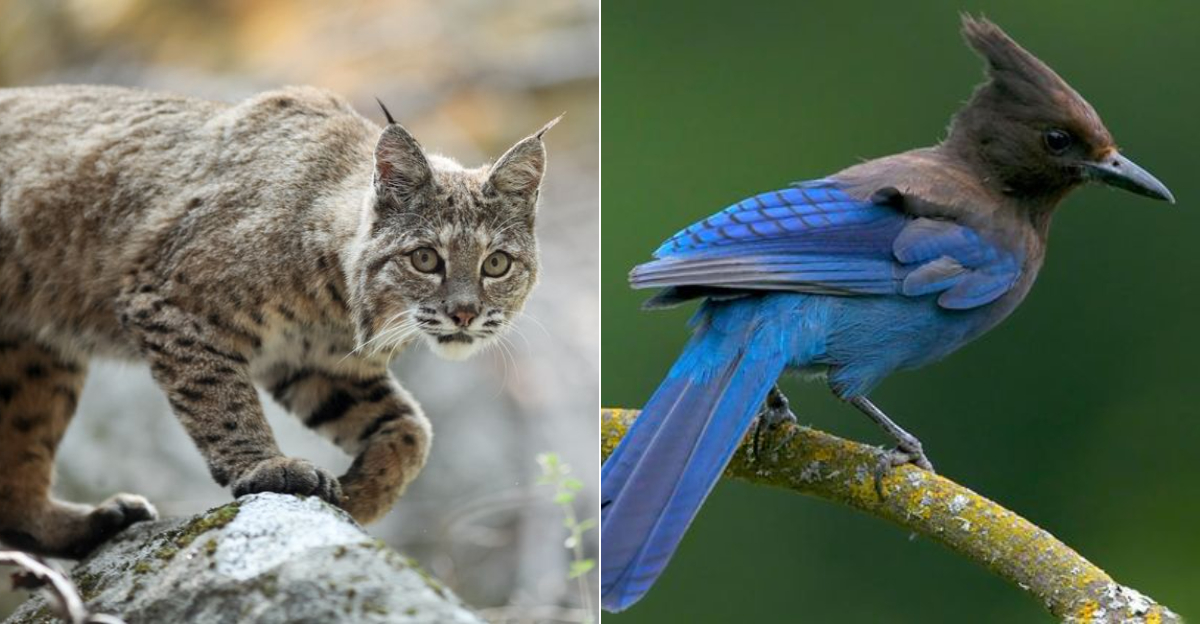Sure, Yosemite National Park is about breathtaking waterfalls and giant sequoias. But this natural wonderland is also a home to an incredible variety of wildlife that roams its meadows, forests, and alpine regions.
Just hiking through Yosemite’s diverse ecosystems, you might be lucky enough to encounter some fascinating creatures going about their daily lives.
Whether it’s a black bear or a bighorn sheep “doing their chores.” I know I’d be eager to see it all!
1. Black Bear
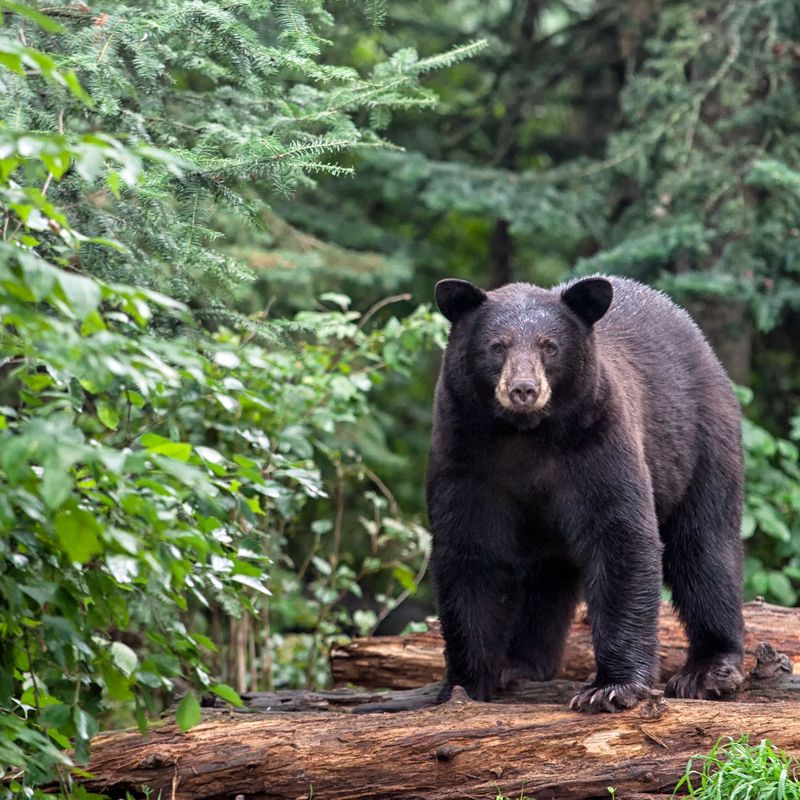
These magnificent mammals weigh up to 400 pounds. And yet, contrary to popular belief, they’re typically shy around humans.
Black bears possess incredible climbing abilities and can sprint up to 30 mph when necessary. Their powerful sense of smell helps them locate food from miles away, which sometimes leads them into campgrounds.
Remember, if you spot one, maintain a respectful distance of at least 50 yards. Here’s a useful tip: Never feed bears. There’s truth to the saying “a fed bear is a vulnerable bear” because bears who associate humans with food often become dangerous.
2. Mule Deer
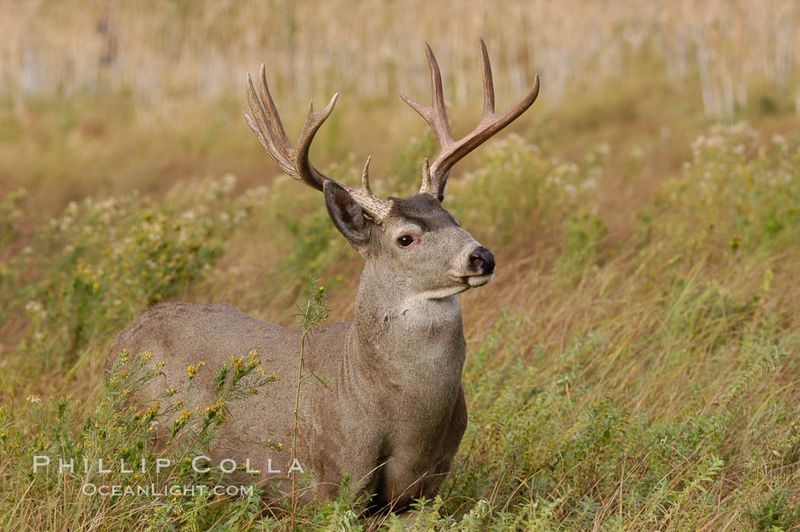
These elegant creatures are among the most commonly spotted mammals in Yosemite. Their gait, called “stotting,” is a joy to witness as they move through meadows at dawn or dusk.
Mule deer adapt their diet seasonally. They munch on fresh grass and wildflowers in spring and summer, then switch to woody plants and fallen acorns during colder months. Bucks grow impressive antlers that they shed and regrow annually.
You’ll often find them in family groups led by a dominant doe.
3. Bobcat: The Stealthy Hunter
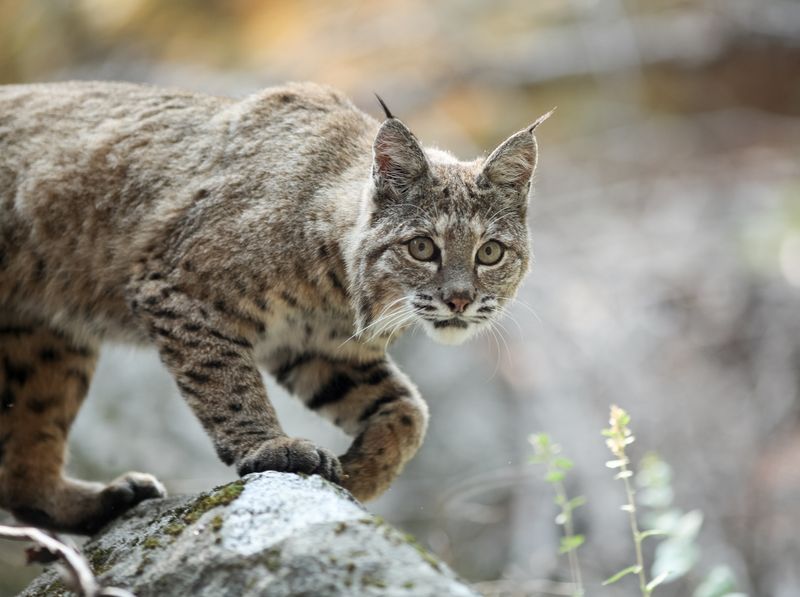
Glimpsing a bobcat in Yosemite counts as a genuine wildlife lottery win!
These elusive felines are masterful hunters that prefer to stay hidden in the shadows. About twice the size of a house cat, they sport distinctive tufted ears and a stubby “bobbed” tail that gives them their name.
Their spotted coat provides perfect camouflage among the dappled light of forests and rocky outcrops. Primarily hunting at dawn and dusk, bobcats pounce on rabbits, squirrels, and other small prey with impressive precision.
4. Sierra Nevada Bighorn Sheep
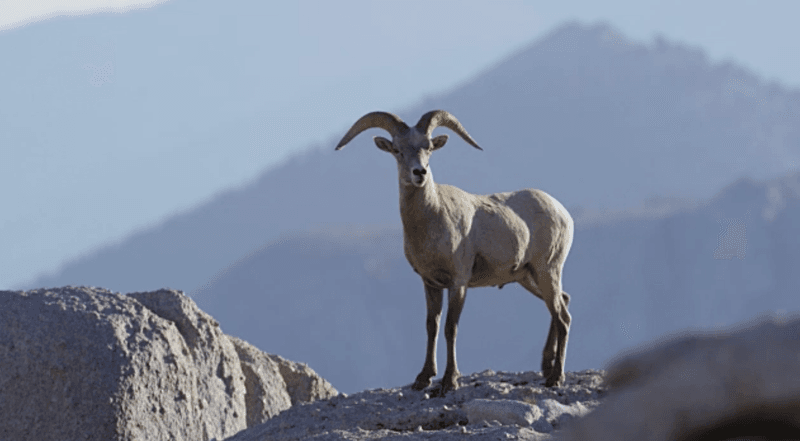
They were once nearly extinct with just 100 individuals remaining in the 1990s. Now, these magnificent alpine specialists have are making an inspiring comeback in the Sierra Nevada range.
Their specialized hooves have soft, grippy centers surrounded by hard edges, allowing them to navigate nearly vertical cliff faces with astonishing ease. Just watching them is truly breathtaking!
Spotting these rare creatures requires venturing into Yosemite’s high country, particularly around Mount Dana and the Cathedral Range. Bring binoculars and scan rocky slopes above the treeline for their silhouettes.
5. Coyote
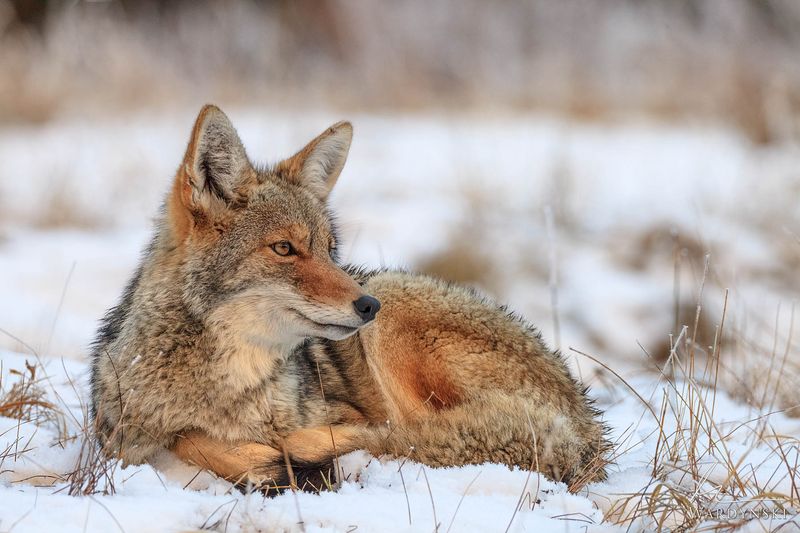
Two words: wily and intelligent. Coyotes have thrived alongside human development when many other predators have declined.
These medium-sized canines sport a bushy tail, pointed ears, and a yipping howl that echoes through Yosemite’s valleys, especially at dusk.
Coyotes eat practically anything – from rodents and rabbits to fruits, insects, and occasionally human food scraps. Their opportunistic nature and problem-solving abilities have earned them the nickname “song dogs” among Native American tribes.
You might spot coyotes trotting along meadow edges or open areas throughout the park.
6. Mountain Lion
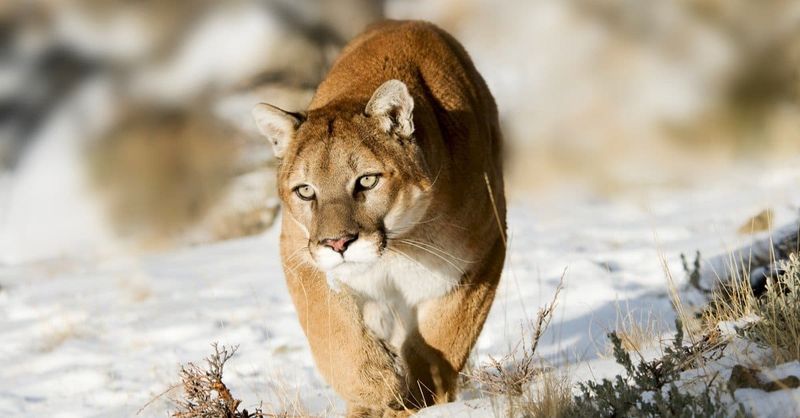
Mountain lions represent the ultimate wildlife sighting in Yosemite – so rare that most park rangers go years without seeing one. These powerful predators can leap 15 feet vertically and bound 40 feet horizontally in a single jump!
Their primary food source is deer, with each adult requiring about one deer per week.
If you’re among the extremely fortunate few to spot one, consider it a once-in-a-lifetime experience. More commonly, hikers might notice their tracks (similar to large dog prints but without claw marks) or scat along remote trails.
7. California Ground Squirrel
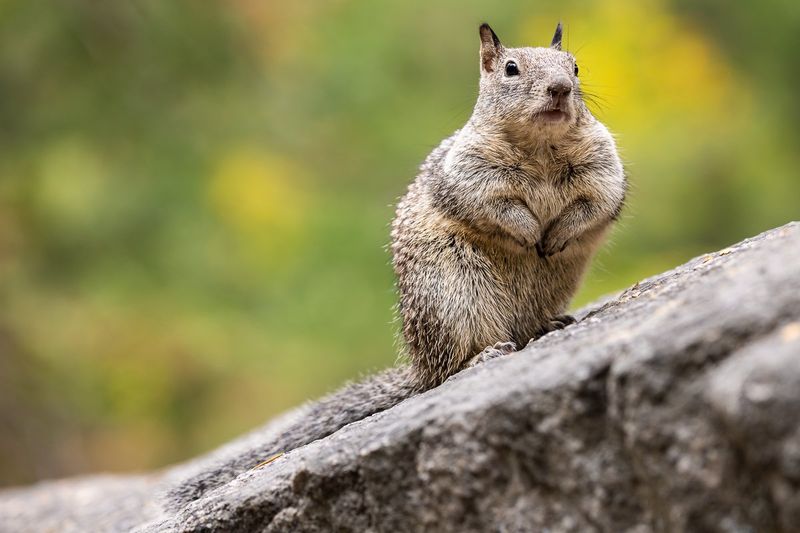
These furry little hustlers are practically guaranteed sightings at any Yosemite picnic area! With their mottled gray-brown fur and bushy tails, California ground squirrels have perfected the art of the innocent begging face that melts visitors’ hearts (and weakens their resolve not to share food).
Did you know that they can neutralize snake venom? And even chew rattlesnake skin to apply the scent to their fur, masking their own scent from these predators?
While undeniably adorable, please resist feeding them! Human food damages their health and disrupts their natural behaviors.
8. Western Bluebird
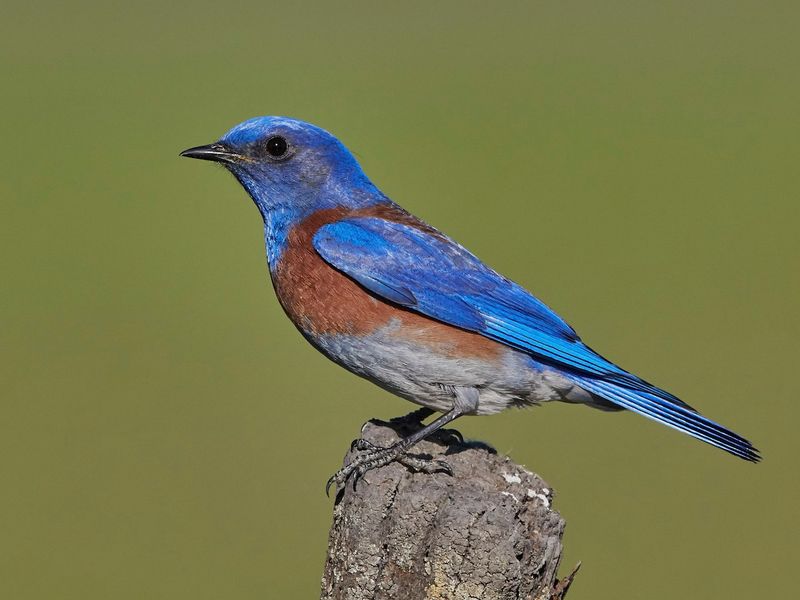
There’s no doubt that these creatures are one of Yosemite’s most colorful residents. Males display azure-blue upper parts with rusty chest patches, while females sport more subdued grayish-blue tones with hints of orange.
These cavity-nesting birds often raise their young in abandoned woodpecker holes or natural tree hollows.
Western Bluebirds hunt by perching on low branches and swooping down to snatch insects from the ground. Listening to their soft “chur-chur” calls as they communicate with family members? Truly beautiful!
9. Steller’s Jay
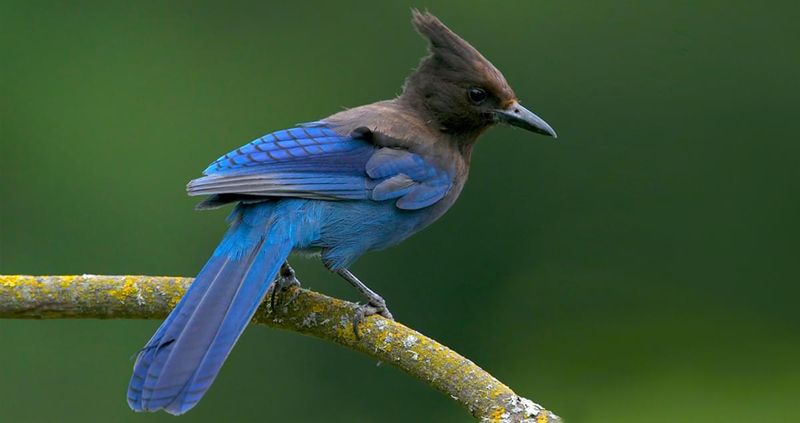
Steller’s Jays are impossible to miss – both visually and audibly!
They possess remarkable problem-solving abilities and excellent memories. They’ve been known to mimic hawk calls to scare away competitors from food sources.
Fearless around humans, Steller’s Jays frequently visit campgrounds and picnic areas looking for handouts. Their diet naturally includes nuts, seeds, berries, small animals, and occasionally eggs or nestlings of other birds – showcasing their adaptable omnivorous nature.
10. Pacific Tree Frog

This creature is no bigger than your thumb.
Their distinctive “ribbit-ribbit” calls (the classic frog sound used in Hollywood movies) fill Yosemite’s wetlands and meadows after sunset, especially following rain.
Males call enthusiastically to attract mates during breeding season, creating choruses that can be heard from surprising distances.
Look for these tiny performers near ponds, streams, and moist areas. Their presence indicates healthy ecosystems, as amphibians are sensitive environmental indicators.
